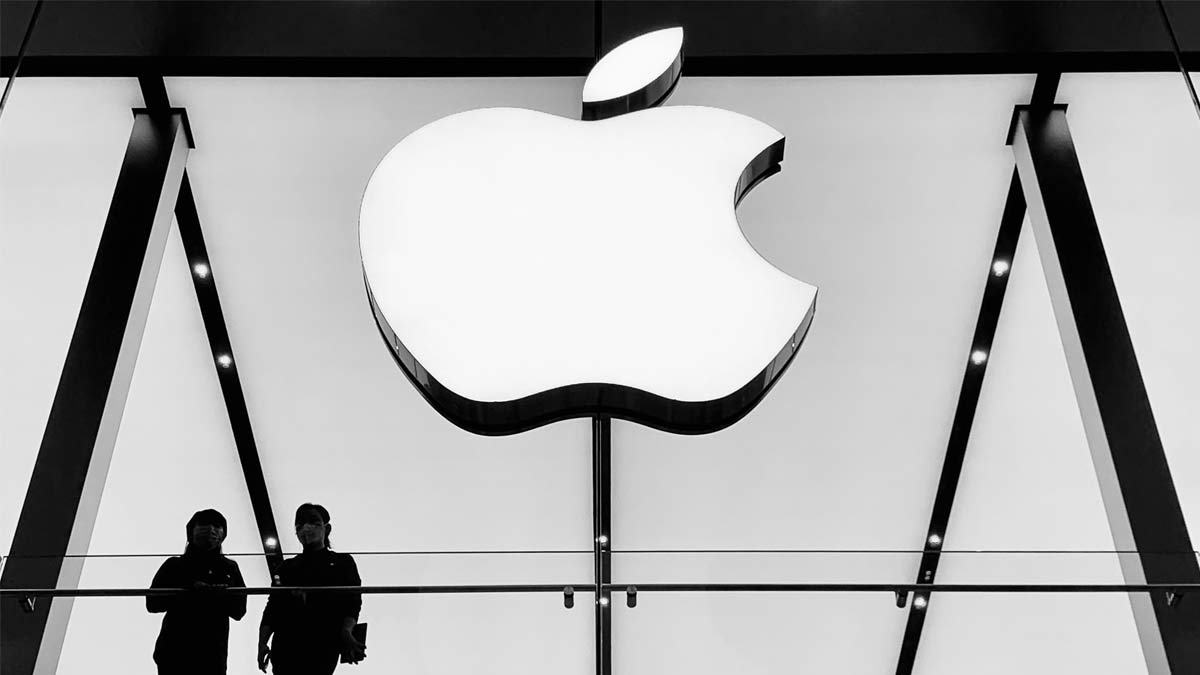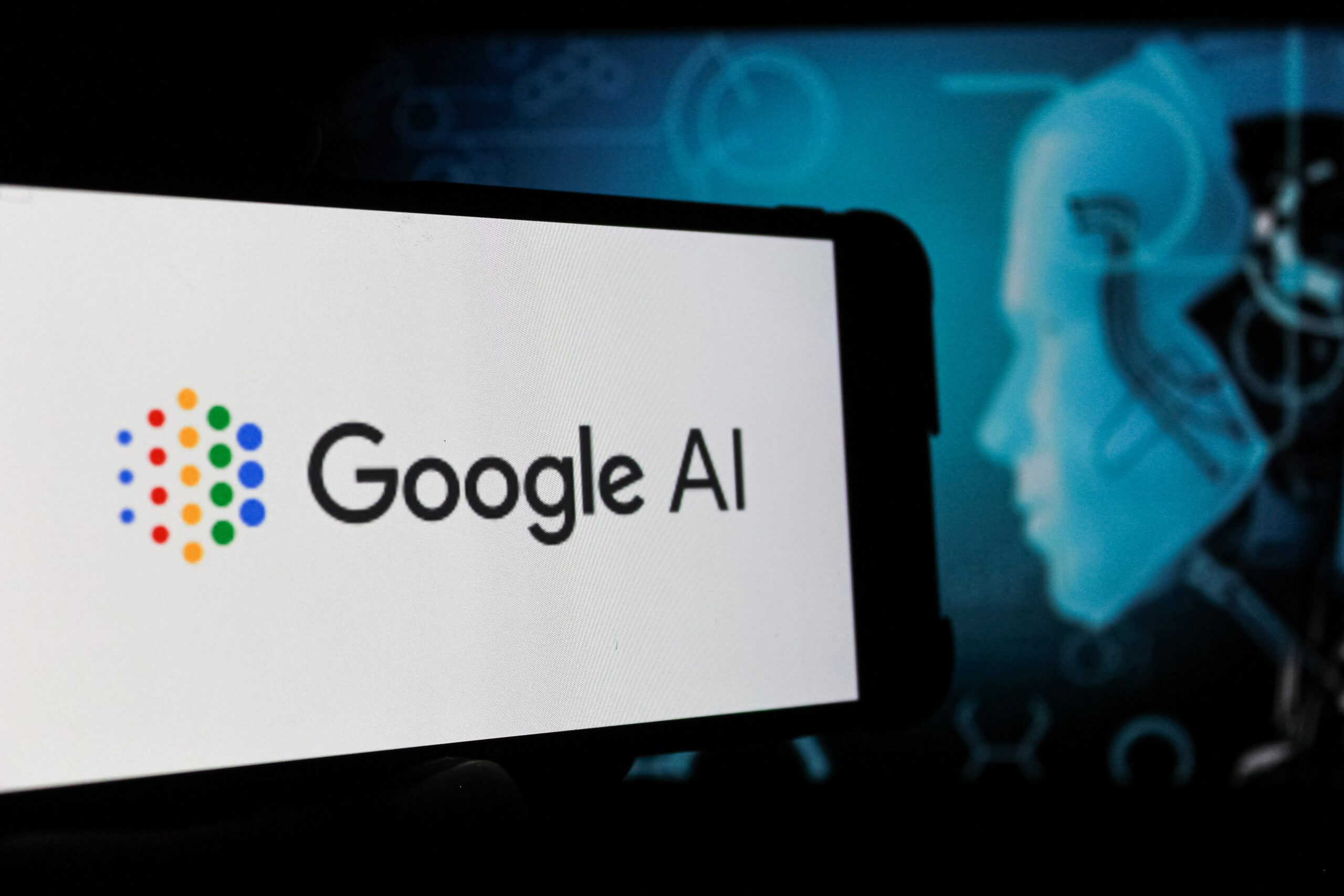Tech
Netflix was the top grossing app in Q2, with mobile revenue up 233%
Et harum quidem rerum facilis est et expedita distinctio. Nam libero tempore, cum soluta nobis est eligendi.
Nemo enim ipsam voluptatem quia voluptas sit aspernatur aut odit aut fugit, sed quia consequuntur magni dolores eos qui ratione voluptatem sequi nesciunt.
Et harum quidem rerum facilis est et expedita distinctio. Nam libero tempore, cum soluta nobis est eligendi optio cumque nihil impedit quo minus id quod maxime placeat facere possimus, omnis voluptas assumenda est, omnis dolor repellendus.
Nulla pariatur. Excepteur sint occaecat cupidatat non proident, sunt in culpa qui officia deserunt mollit anim id est laborum.
Sed ut perspiciatis unde omnis iste natus error sit voluptatem accusantium doloremque laudantium, totam rem aperiam, eaque ipsa quae ab illo inventore veritatis et quasi architecto beatae vitae dicta sunt explicabo.
Neque porro quisquam est, qui dolorem ipsum quia dolor sit amet, consectetur, adipisci velit, sed quia non numquam eius modi tempora incidunt ut labore et dolore magnam aliquam quaerat voluptatem. Ut enim ad minima veniam, quis nostrum exercitationem ullam corporis suscipit laboriosam, nisi ut aliquid ex ea commodi consequatur.
At vero eos et accusamus et iusto odio dignissimos ducimus qui blanditiis praesentium voluptatum deleniti atque corrupti quos dolores et quas molestias excepturi sint occaecati cupiditate non provident, similique sunt in culpa qui officia deserunt mollitia animi, id est laborum et dolorum fuga.
Quis autem vel eum iure reprehenderit qui in ea voluptate velit esse quam nihil molestiae consequatur, vel illum qui dolorem eum fugiat quo voluptas nulla pariatur.
“Duis aute irure dolor in reprehenderit in voluptate velit esse cillum dolore eu fugiat”
Temporibus autem quibusdam et aut officiis debitis aut rerum necessitatibus saepe eveniet ut et voluptates repudiandae sint et molestiae non recusandae. Itaque earum rerum hic tenetur a sapiente delectus, ut aut reiciendis voluptatibus maiores alias consequatur aut perferendis doloribus asperiores repellat.
Lorem ipsum dolor sit amet, consectetur adipisicing elit, sed do eiusmod tempor incididunt ut labore et dolore magna aliqua. Ut enim ad minim veniam, quis nostrud exercitation ullamco laboris nisi ut aliquip ex ea commodo consequat.
Cyber Security
Red Hat Confirms Security Incident After Hackers Claim Massive Data Breach
Hackers claim to have stolen 570GB of data from Red Hat’s consulting repositories, including sensitive client documents. Red Hat has confirmed a security incident but says its wider services remain unaffected.

Hackers allege theft of 570GB from Red Hat’s consulting repositories, raising concerns over customer exposure.
Red Hat, the open-source software giant owned by IBM, has confirmed a security incident after hackers claimed to have stolen massive amounts of data from its consulting division’s private GitLab repositories. The group behind the attack, calling itself the “Crimson Collective,” alleges that it exfiltrated 570GB of compressed data from over 28,000 internal projects, including sensitive customer documents.
The hackers say they obtained around 800 Customer Engagement Reports (CERs) — detailed consulting documents that may contain network diagrams, architecture plans, credentials, and configuration data from Red Hat’s enterprise clients. Such reports, if authentic, could potentially act as blueprints for attackers to target Red Hat’s customers directly.
Evidence of the breach was shared on Telegram, where the group published file trees, project lists, and snippets from the stolen repositories. They also claimed to have discovered authentication tokens, database URIs, and sensitive secrets embedded within code, which they allegedly used to access downstream customer infrastructure.
Red Hat acknowledged the security incident, confirming that its consulting arm’s GitLab instance was compromised. The company said it has already initiated remediation measures but emphasized that it has found no evidence of a wider compromise affecting Red Hat products, services, or its software supply chain.
In a statement, Red Hat noted:
“We take security incidents very seriously and are actively investigating. At this stage, we cannot verify the attackers’ specific claims, but we are engaging with customers as needed and implementing precautionary steps.”
The Belgian Centre for Cybersecurity has issued an advisory urging organizations that have worked with Red Hat Consulting to rotate credentials, revoke exposed tokens, and review shared configurations. Security experts warn that the leaked CERs could give malicious actors a direct roadmap into client environments.
Industry observers are also raising concerns about Red Hat’s incident response. The attackers allege that their initial disclosures were dismissed or mishandled through routine vulnerability ticketing processes, which may have delayed mitigation.
Adding to the urgency, Red Hat also disclosed a separate critical vulnerability (CVE-2025-10725) in its OpenShift AI platform. With a CVSS score of 9.9, the flaw could allow low-privileged users to escalate to full administrator rights. The company has published mitigation guidance and is working on patches.
The dual challenges — a consulting breach and a critical product vulnerability — highlight the ongoing cybersecurity pressures facing major enterprise vendors. While Red Hat insists its core offerings remain secure, customers are being urged to adopt a cautious approach, particularly those with consulting engagements between 2020 and 2025.
For now, the true scale of the breach remains uncertain. If Crimson Collective’s claims are verified, it could become one of the most serious security incidents to hit the open-source ecosystem in recent years.
AI/ML
AI Powers a New Wave of ‘Hard Tech’ Revolution
A new era of “hard tech” is emerging as AI accelerates breakthroughs in robotics, energy, space, and manufacturing—turning deep tech dreams into reality.

From autonomous drones to nuclear fusion startups, artificial intelligence is accelerating breakthroughs in physical technology like never before.
The tech world is experiencing a shift—from screens and software to steel and silicon. A new wave of innovation dubbed “Hard Tech” is making headlines, and at its core is a powerful catalyst: artificial intelligence.
Hard tech refers to industries that merge advanced physical engineering with deep scientific research, such as aerospace, robotics, energy, biotechnology, and manufacturing. These sectors have traditionally required long development cycles, heavy capital investment, and significant regulatory hurdles. But with AI rapidly reducing complexity, cost, and time-to-market, hard tech is experiencing an unprecedented surge.
Startups and corporations alike are integrating AI not just as an add-on, but as the driving engine behind their operations. Autonomous vehicles and delivery drones now navigate cities using real-time AI modeling. In biotech, machine learning algorithms are accelerating drug discovery timelines by years. Even space exploration and nuclear fusion—once limited by guesswork and experimentation—are becoming more predictable through AI simulation and predictive analysis.
One of the standout examples is in the energy sector. Companies like Helion and TAE Technologies are leveraging AI to manage the chaotic variables in nuclear fusion experiments—controlling plasma behavior and optimizing energy output. In transportation, AI is being embedded into robotaxi systems, electric vertical take-off aircraft (eVTOLs), and long-range drone networks, making logistics faster, safer, and more autonomous.
Investors are taking notice. Venture capital firms that once focused on SaaS and mobile apps are now funding next-generation materials, climate tech, and AI-powered robotics. The funding boom in hard tech is being led by figures like Elon Musk, Sam Altman, and Vinod Khosla—who believe the next trillion-dollar innovations won’t come from social media apps, but from real-world disruption enabled by AI.
What makes this surge unique is not just the technology—it’s the mindset shift. Entrepreneurs, scientists, and engineers are no longer working in silos. They’re building cross-disciplinary teams where physicists work with data scientists, and mechanical engineers pair up with neural network experts. The result is faster prototyping, smarter manufacturing, and solutions that are both scalable and impactful.
However, the rise of hard tech also comes with challenges. Building physical products still requires supply chain resilience, regulatory approval, and hardware expertise—areas where traditional tech firms often struggle. There are also ethical concerns around automation, job displacement, and the militarization of autonomous systems.
Still, the momentum is undeniable. As AI continues to mature, it is becoming the great enabler of hard tech—offering the tools to design, simulate, optimize, and operate systems that were once deemed too complex or too costly.We’re entering an era where breakthroughs in physical technologies—from energy to mobility to space—are happening faster and with greater precision than ever before. And at the heart of it all is a single, transformative force: artificial intelligence.
Gadgets
Apple’s Bold 2025 Lineup: iPhone 17 Pro, iOS 26, iPadOS Multitasking, and MacBook Pro Redesign
Apple is ready to roll out major upgrades in 2025—from a reimagined iPhone 17 Pro and smarter iOS 26 to advanced iPad multitasking and a powerful new MacBook Pro powered by M4. Here’s the deep dive into Apple’s next moves.

Apple is preparing for a sweeping set of updates across its core product lines—ushering in a new era of design, AI integration, and ecosystem alignment. As we move deeper into 2025, details are emerging about the upcoming iPhone 17 Pro, iOS 26, iPadOS upgrades, and a significant MacBook Pro redesign—all pointing toward Apple’s strategy of strengthening user experience across form factors while embedding artificial intelligence and custom silicon deeper into its DNA.
iPhone 17 Pro: A Leaner, Smarter Flagship
The iPhone 17 Pro is rumored to be Apple’s thinnest iPhone yet, thanks to advanced design techniques and materials. Reports suggest a completely re-engineered chassis, featuring under-display Face ID—a move that eliminates the notch and brings a seamless front display.
Titanium will continue to play a central role in construction, offering a lighter yet stronger frame. The camera system is also expected to get another leap forward, potentially integrating a next-gen periscope zoom lens and advanced AI photography capabilities, enhancing Night Mode, Portraits, and real-time scene detection.
The Pro lineup may also see improved thermals and battery optimization, benefiting from Apple’s custom silicon and system-wide software-hardware synergy.
iOS 26: Personalization, Performance, and Apple Intelligence
While not all iPhones will support Apple Intelligence, iOS 26 will still deliver improvements in Siri’s contextual understanding, lock screen personalization, and privacy-first AI features.
Supported models will see deeper on-device AI processing enabling proactive suggestions, real-time summarizations, and smarter keyboard predictions. Apple is also working on tightening its integration between apps and AI, ensuring native experiences like Mail, Notes, and Safari become more intuitive.
Privacy continues to be a focus, with Apple reportedly implementing Secure Enclave-enhanced AI routines, ensuring that even with smarter intelligence, your data remains yours.
iPadOS: Finally, Real Multitasking?
After years of incremental updates, Apple appears to be taking iPad multitasking seriously in 2025. The next iteration of iPadOS may feature a more dynamic Stage Manager, with support for freer window resizing, persistent app states, and advanced keyboard shortcuts—all aiming to transform the iPad into a credible laptop alternative.
This is in line with Apple’s broader effort to blur the lines between desktop-class workflows and touch-first interaction. The support for external displays is also expected to be more robust, possibly allowing independent spaces per screen.
MacBook Pro: M4 and Beyond
Apple is also gearing up to refresh the MacBook Pro lineup, potentially introducing the M4 chip, designed not just for speed, but for AI optimization and graphical performance.
The 2025 MacBook Pro could see display enhancements (including potential OLED variants), better power efficiency, and a lighter chassis, continuing Apple’s trend of slimming down without compromising on power.
The M4 is expected to focus heavily on AI and machine learning tasks—running Apple Intelligence models locally, enabling creative professionals to perform complex rendering, editing, and data science operations faster than ever before.
This shift shows Apple’s intention to make the MacBook Pro not just a workhorse but a future-ready AI powerhouse.
A Unified, AI-First Ecosystem
The convergence across devices is becoming more evident. With iOS 26, iPadOS, and macOS Sonoma’s successors, Apple is building a deeply unified, AI-powered experience—where workflows transcend devices and features feel consistent across platforms.
This is Apple’s answer to the growing wave of AI integration across the tech industry—balancing innovation, user control, and privacy.
While many features will be exclusive to higher-end, M-series or A-series devices, Apple’s approach seems to favor evolution over disruption—prioritizing seamless integration and everyday usability over flashy experiments.
Conclusion
Apple’s 2025 strategy signals a maturing but still bold tech company—pushing the limits of its hardware, perfecting its software ecosystem, and laying a strong foundation for AI-powered workflows. Whether you’re a casual user or a creative professional, the coming months are shaping up to be one of the most exciting periods in Apple’s recent history.
-
Fashion8 years ago
These ’90s fashion trends are making a comeback in 2017
-

 Entertainment4 months ago
Entertainment4 months agoSquid Game Season 3 Trailer Teases a Brutal Finale: Gi-hun Returns for One Last Game
-
Fashion8 years ago
According to Dior Couture, this taboo fashion accessory is back
-
Entertainment8 years ago
The old and New Edition cast comes together to perform
-

 Science3 months ago
Science3 months agoVera C. Rubin Observatory Unveils First-Ever 3,200-Megapixel Images
-
Sports8 years ago
Phillies’ Aaron Altherr makes mind-boggling barehanded play
-
Business8 years ago
Uber and Lyft are finally available in all of New York State
-
Entertainment8 years ago
Disney’s live-action Aladdin finally finds its stars










